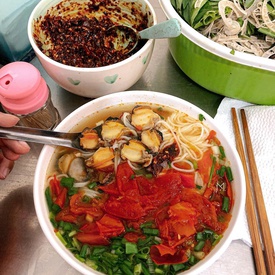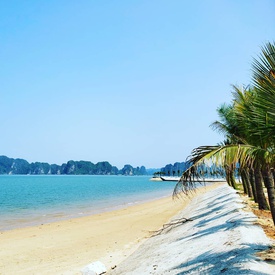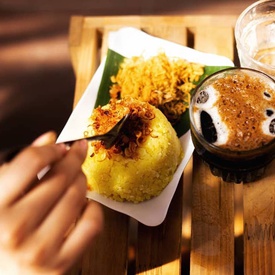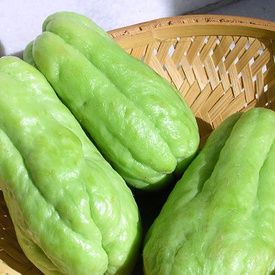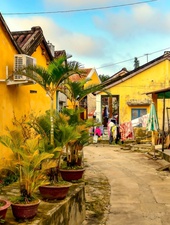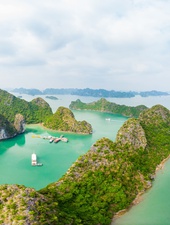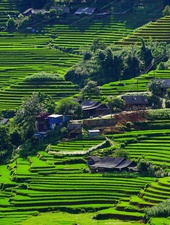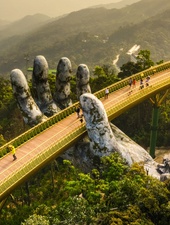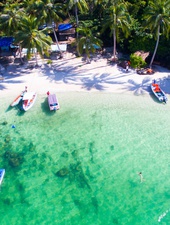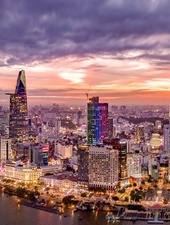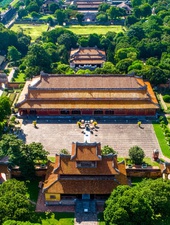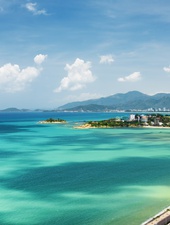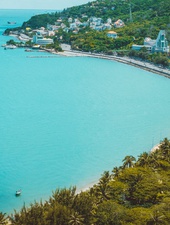Nam Dinh
The birthplace of many greatness, covered with poetic villages, cultural festivals, traditional cuisine, and the extensive number of pagodas and churches
Location
As of 2025, Nam Dinh province boasts a captivating 74 km coastline, showcasing significant potential to expand its fishing and water tourism sectors. Historically reliant on agriculture, Nam Dinh remains one of Northern Vietnam's vital agricultural regions. However, the province is rapidly evolving toward an industrial economy, positioning itself as one of Vietnam’s key industrial hubs.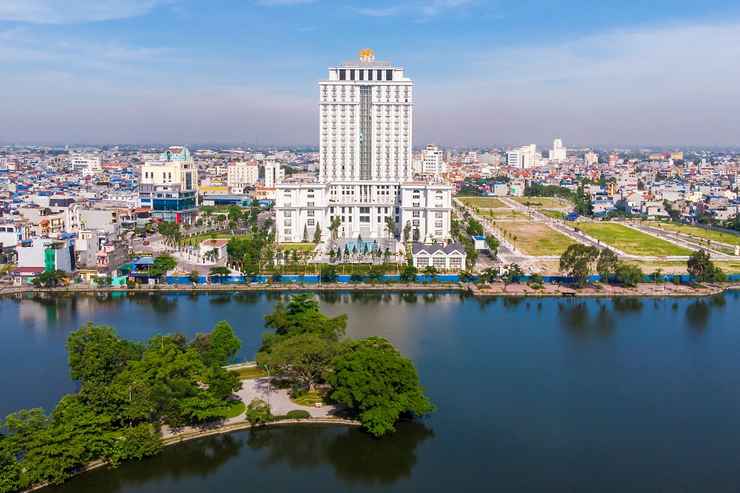 Photo: traveloka.com
Photo: traveloka.com
The landscape of Nam Dinh consists predominantly of flat plains conducive to cultivating grains such as rice and corn, alongside fruits and cotton. The region primarily features two distinct types of plains: low-lying and coastal. The low-lying plains are harnessed not only for agricultural development but also to support food and textile production. Meanwhile, the coastal plains present diverse opportunities that are underexplored for industrial advancements.
Weather
Nam Dinh experiences a tropical monsoon climate characterized by an average annual temperature of approximately 24°C. The coldest months are December and January, with temperatures ranging between 16°C and 17°C. Conversely, July emerges as the hottest month, with average temperatures soaring to 30°C. Nam Dinh maintains a moderate humidity level of around 85%, with total annual rainfall reaching approximately 1,800 mm, concentrated primarily between May and October.
History
According to the most recent population census data, the population of Nam Dinh as of 2023 was around 1.9 million, reflecting a population density of approximately 1,220 people per square kilometer. The inhabitants of Nam Dinh are celebrated for their dedication to education, with notable figures including the mathematician and poet Luong The Vinh, as well as scientist and philosopher Dao Su Tich. The province holds a prestigious cultural significance and is deeply integrated into the beliefs of the northern Vietnamese population. It hosts numerous traditional festivals, historical relics, and religious sites that remain well-preserved from ancient times. Historically, Nam Dinh was the heart of the Tran Dynasty, recognized for its remarkable triumph over three Mongol invasions between 1225 and 1400.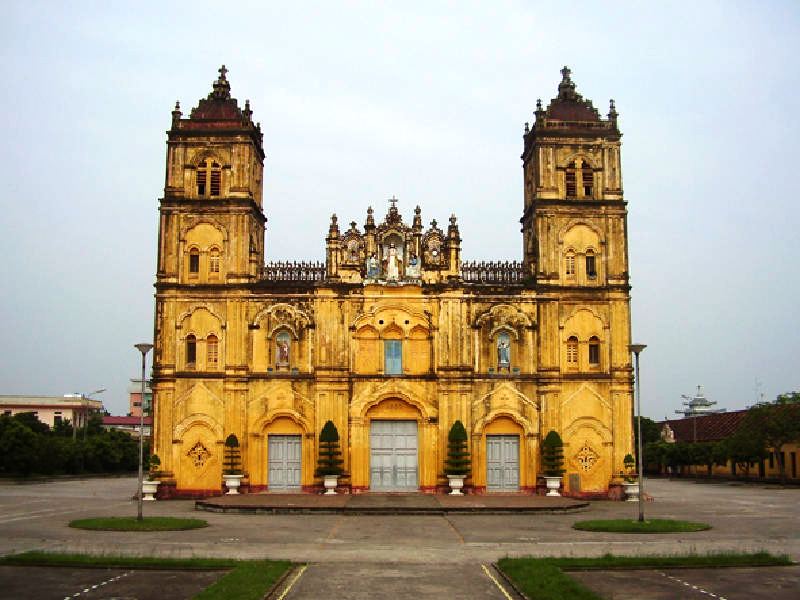 Photo: tintucnamdinh.vn
Photo: tintucnamdinh.vn
| 20°C | ||
| Humidity | 90% | |
| Wind | 3.7 km/h | |
| Sunrise | 23:18 | |
Popular Attractions
Seasonal Guides
Best Of Nam Dinh
See, Eat, Sleep, Shop, Stay - The Best of Nam Dinh
Frequently asked questions
How to travel around Nam Dinh?
Getting around Nam Dinh is easiest by taxi. Mai Linh remains the most reputable taxi service, but you can also consider Nam Dinh Taxi and Hoang Sa Taxi. For a budget-friendly option, several shops in the city offer motorbike rentals. If you're looking to visit the beach, take bus number 1 to Quat Lam Beach or bus number 2 to Thinh Long Beach!
Which is the most famous festivals in Nam Dinh?
Nam Dinh hosts numerous vibrant festivals each year. Here are some of the most notable:
• Vieng Market Festival on the 8th day of the first lunar month.
• Phu Day Festival from the 1st to the 10th day of the third lunar month, with the main celebrations occurring on the 3rd.
• Tran Temple Festival from the 15th to the 20th day of the eighth lunar month.
• Co Le Pagoda Festival from the 13th to the 16th day of the ninth lunar month.
What are the must-try cuisines in Nam Dinh?
One of the most iconic dishes in Vietnam is pho bò, or beef noodle soup. While you can enjoy pho in Hanoi and other regions, the unique flavors of this dish are best experienced in its place of origin. In addition to pho bò, don't miss out on trying other local specialties such as bánh mì, siu chau candy, and xíu páo (pork buns) for a true taste of the province's culinary delights.
Must-see attractions in Nam Dinh?
If you're looking to explore lesser-known destinations, Nam Dinh is an excellent choice. The city boasts a rich history and stunning sites, including:
• Tran Temple
• Co Le Pagoda
• Phu Day Relics Complex
• Thinh Long Beach
• Quat Lam Beach
• Xuan Thuy National Park
When should I visit Nam Dinh?
Nam Dinh enjoys a tropical monsoon climate, making it a great destination for visits throughout the year. However, the summer months, from May to September, can be quite hot, with temperatures ranging from 26 to 33 degrees Celsius. If you prefer milder weather, consider visiting during the cooler months from October to April.


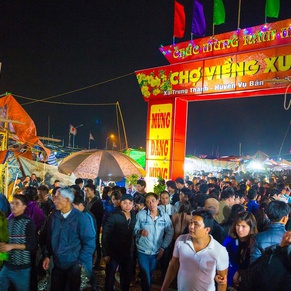 Vieng Market
Vieng Market
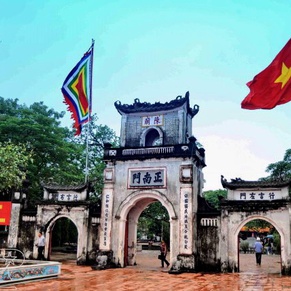 Tran Temple
Tran Temple
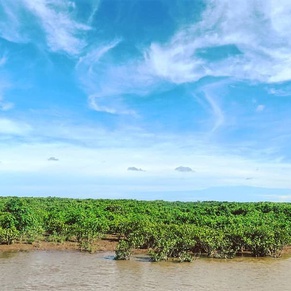 Xuan Thuy National Park
Xuan Thuy National Park
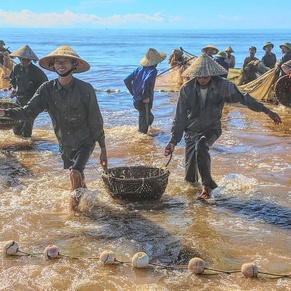 Thinh Long Beach
Thinh Long Beach
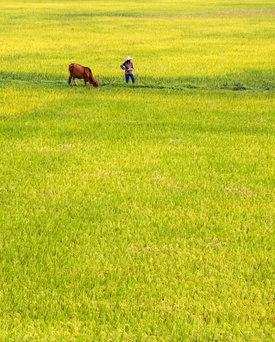 Nam Dinh in January
Nam Dinh in January
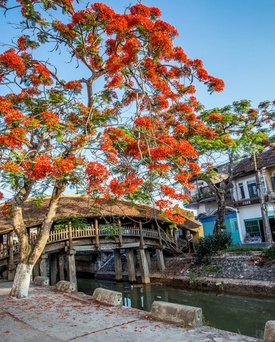 Nam Dinh in February
Nam Dinh in February
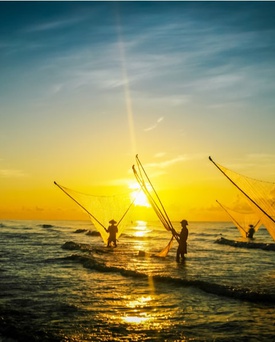 Nam Dinh in March
Nam Dinh in March
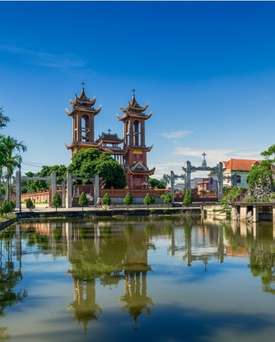 Nam Dinh in April
Nam Dinh in April
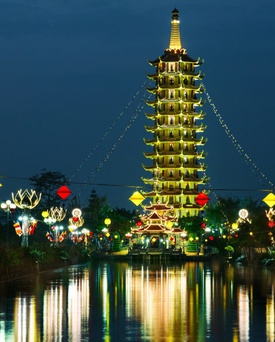 Nam Dinh in May
Nam Dinh in May
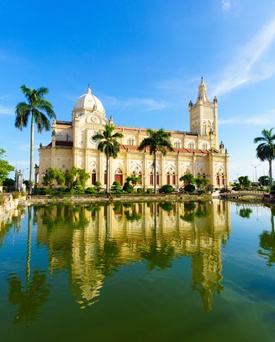 Nam Dinh in June
Nam Dinh in June
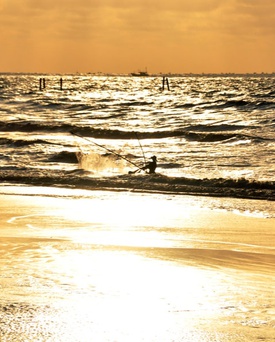 Nam Dinh in July
Nam Dinh in July
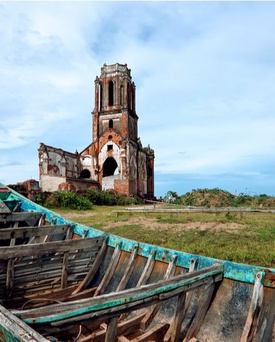 Nam Dinh in August
Nam Dinh in August
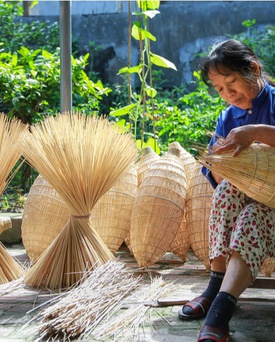 Nam Dinh in September
Nam Dinh in September
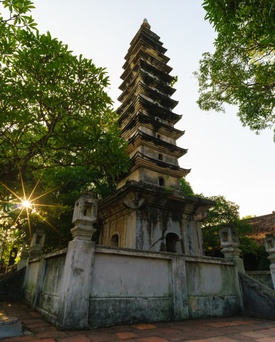 Nam Dinh in October
Nam Dinh in October
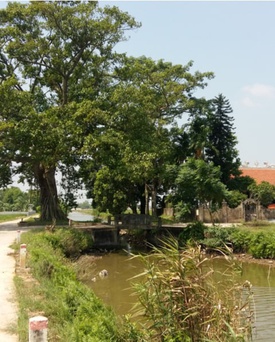 Nam Dinh in November
Nam Dinh in November
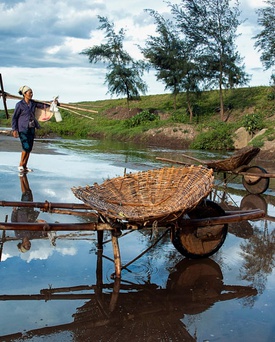 Nam Dinh in December
Nam Dinh in December
